Search the Special Collections and Archives Portal
Search Results
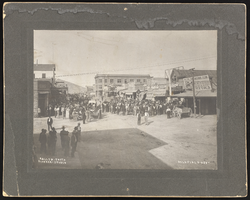
People outside in Goldfield and Tonopah, Nevada: photographic prints
Date
Archival Collection
Description
Image
W. I. Booth and A. Allen Photograph Album of Goldfield, Nevada
Identifier
Abstract
The W. I. Booth and A. Allen Photograph Album of Goldfield, Nevada (approx. 1900-1910) contains forty-five black-and-white photographs taken by photographers W. I. Booth and A. Allen. The images depict the Goldfield, Nevada townsite; mines, miners, camps, and equipment; horses pulling freight and carriages across the desert; and topographical features of Goldfield and outlying areas. The photographs document the mining boom in the Goldfield area during the early 20th century.
Archival Collection
Harry F. Spargo oral history interview
Identifier
Abstract
Oral history interview with Harry F. Spargo conducted by James M. Greene on October 14, 1974 for the Ralph Roske Oral History Project on Early Las Vegas. In this interview, Spargo discusses his career as a miner. Spargo describes life as the son of a miner before following in his father's footsteps, becoming a miner himself, and working in the mines of the American West. Spargo goes on to describe arriving in Goldfield, Nevada in 1911, before moving on to other areas in Nevada mining precious metals for various companies.
Archival Collection
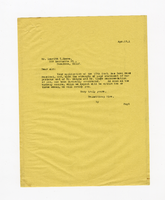
Letter from R. T. Walker to Leavitt L. Keene, April 19, 1918
Date
Archival Collection
Description
Text
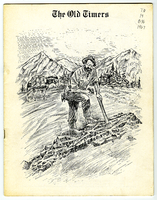
Leaflet, The Old Timers, 1967
Date
Description
Image
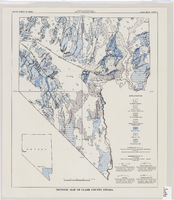
Tectonic map of Clark County, Nevada, 1965
Date
Description
62.
Image
William Hillman Shockley Photograph Collection
Identifier
Abstract
The William Hillman Shockley Photograph Collection (1875-1925, 1951) contains black-and-white photographs documenting mining operations at the Mount Diablo Mine and Millworks in Candelaria, Nevada. It also includes photographs of nearby operations including the Northern Belle Mine and the Princess Mill. The collection contains photographs of Shockley, his son, William Bradford Shockley, as an infant, as well as images of Shockley’s brothers, Walter A. Shockley and George Shockley.
Archival Collection
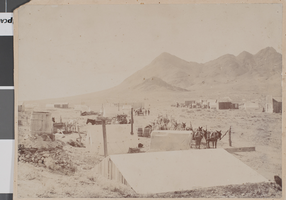
Photograph of Camp Butler, Tonopah, Nevada, January 1901
Date
Archival Collection
Description
Image
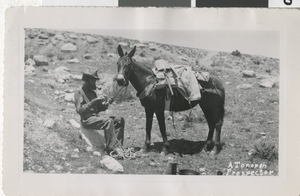
Prospector and burro, Tonopah, Nevada: photographic print
Date
Archival Collection
Description
Image
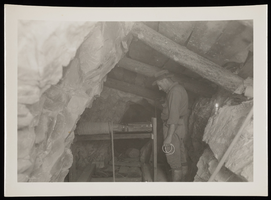
Photograph of miner using equipment, Sheep Mountain Range, 1931
Date
Archival Collection
Description
Image
